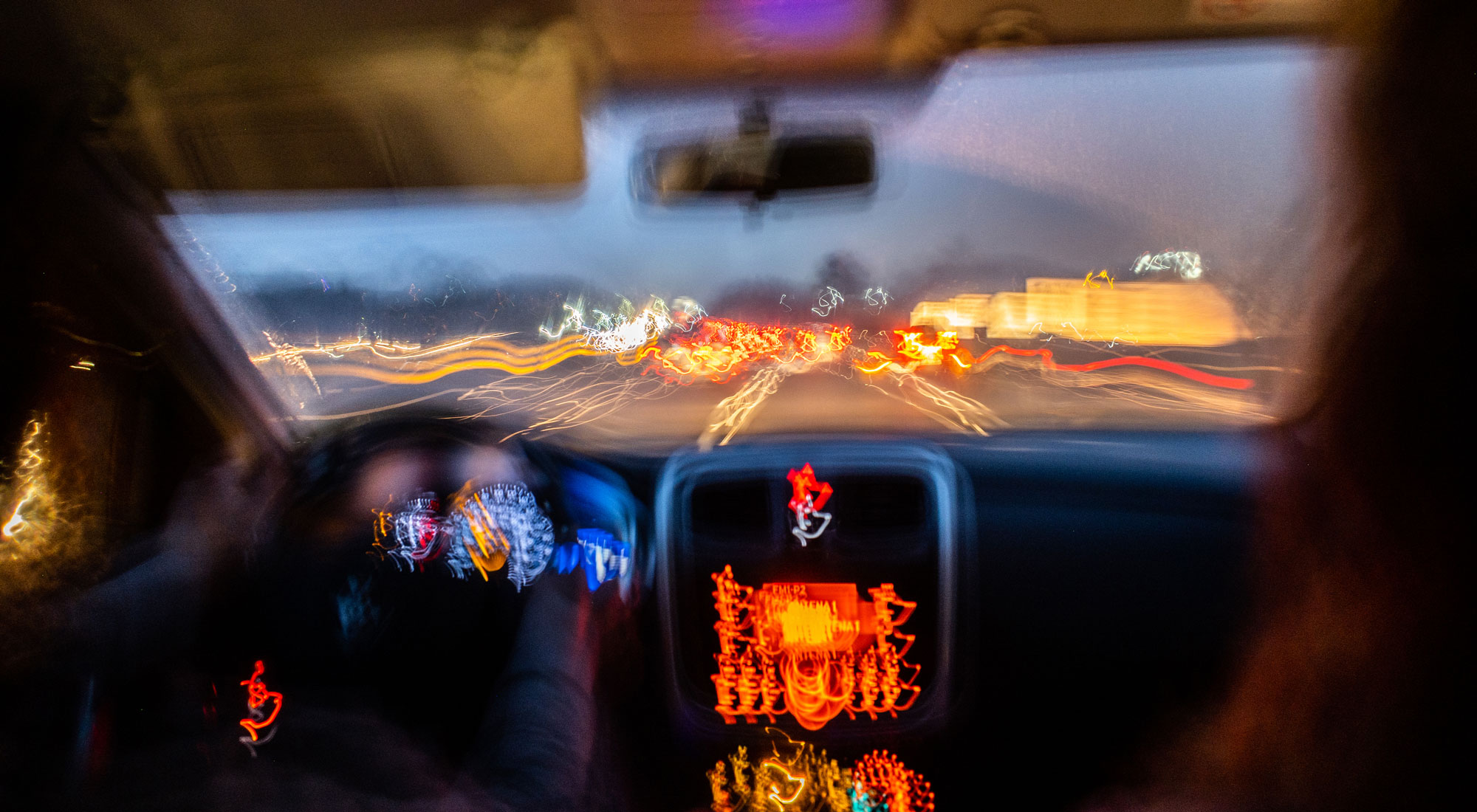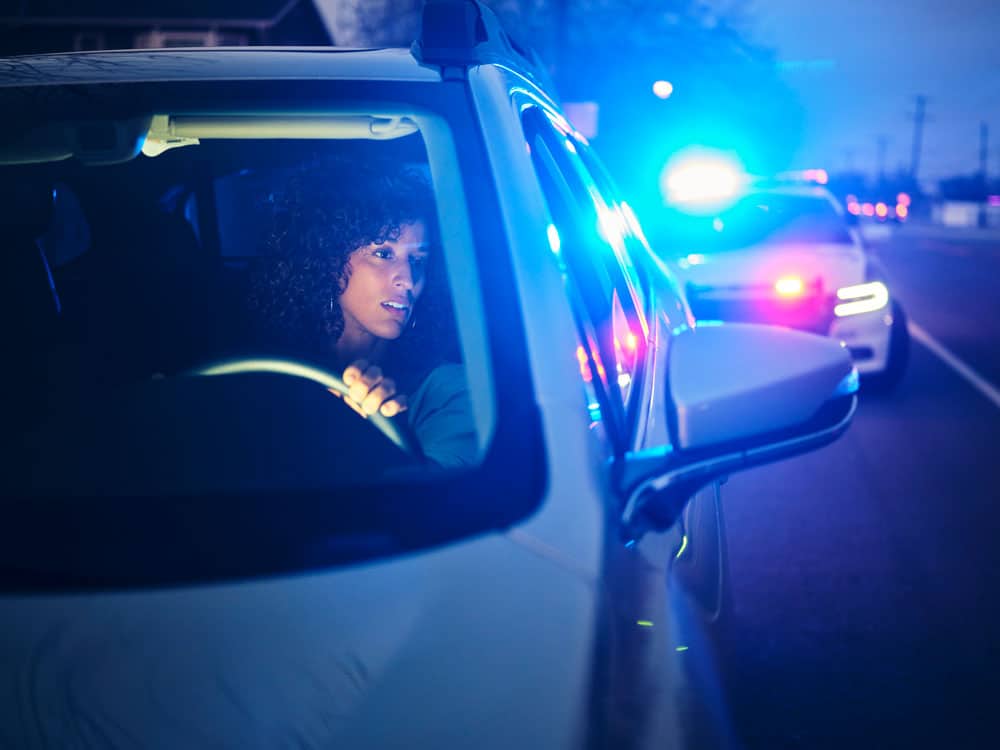
Drugged Driving On The Rise
The year 2020 brought major disruption and change to almost every area of our lives. Among the biggest: changes in our work and travel patterns. With many businesses temporarily closed and offices emptied as employees worked from home, traffic on our highways thinned out temporarily, too. Given that change, it’s concerning that the National Highway Traffic Safety Administration (NHTSA) found that traffic fatalities actually went up in 2020. During that same time period, they also saw a bump in substance abuse, and part of that increase, they attributed to an increase in drunk and drugged driving.
A preliminary report on traffic data from 2020 and the first half of ’21 shows an increase in fatalities, and in the prevalence of alcohol and drug use by the drivers in these accidents. One look at the early months of the pandemic (March to July 2020) found that nearly two-thirds of the seriously or fatally injured drivers tested positive for at least one drug, including alcohol, marijuana, or opioids, according to the NHTSA. They also observed that after mid-March 2020, the proportion of drivers testing positive for opioids nearly doubled.
One look at the early months of the pandemic found that nearly two-thirds of the seriously or fatally injured drivers tested positive for at least one drug, including alcohol, marijuana, or opioids, according to the NHTSA.
These observations correlated with a spike in alcohol sales from May 2020 through July 2021 (the latest data available). A number of indicators, from taxes on cannabis sales to first responder data on overdoses, suggest a similar spike in drug use. Finally, the 2020 National Survey on Drug Use and Health (SDUH) reported that 12.6 million people drove under the influence of illicit drugs that year, the National Institute on Drug Abuse (NIDA) cites.
Is Driving While High to Blame?
It certainly appears to be, even considering that it can be difficult to discern exactly how many crashes are caused by driving under the influence of drugs for several reasons. According to NIDA, it’s more difficult to gauge drugged driving than drunk driving, as there’s not a reliable on-the-spot test that can be administered roadside after a crash. Responding officers also don’t necessarily test for drugs if the driver at fault shows a high enough blood alcohol level to justify a DUI. And many drivers caught driving while high have a mix of substances in their system, making it difficult to know which one(s) had more of an effect on the crash.
Effects of Drugs on Driving

According to NIDA, marijuana use can slow reaction time and alter judgment as well as depth and distance perception. Other drugs (like cocaine and meth) can trigger aggressive driving, according to the NHTSA. Prescription medications can induce dizziness or drowsiness, and combining drugs or adding in alcohol can amplify these effects.
Many have suggested that marijuana does little to impair driving, but studies show otherwise. NIDA reports that drivers with THC found in their blood were nearly twice as likely to be responsible for a deadly crash or be killed than drivers who hadn’t used drugs or alcohol. Also, men are more likely than women to use “DUI drugs,” and young people ages 21 to 25 are most likely to drive under the influence.
One final fact from NIDA, and it’s a chilling one: When lack of driving experience is combined with drug use, the results can be tragic. Car crashes are the leading cause of death among young people ages 16 to 19.
When lack of driving experience is combined with drug use, the results can be tragic. Car crashes are the leading cause of death among young people ages 16 to 19.
What Can We Do About Drugged Driving?
Increased awareness of the danger of driving under the influence of a range of drugs, perhaps especially marijuana, is definitely needed. Also needed: broader awareness of the penalties for driving under the influence of drugs, which often include significant fines and jail time, even for first offenses.
Impaired driving is easily avoidable with not much planning. The widespread availability of ride-share services, especially in urban centers, takes away one of the key excuses for drunk or drugged driving: I have to get home.
Expanded testing options for drugged driving are needed, including responders trained to be drug recognition experts (DREs) or officers trained to recognize impairment because of drug use. According to VeryWellMind.com, these officers use a 12-point assessment to determine impairment as the basis for an arrest.
Has drinking or drug abuse become a habit that you can’t quit? Or one that’s pushed you to take unnecessary risks like driving under the influence? If your bad habit is becoming an addiction, it’s time to do something about it. Reach out to a Meadows Outpatient Center admissions expert today to discuss options for seeking treatment at one of our in-person locations or virtually.

Reach Out Today
Convenient, comprehensive care is available. Your next chapter can start right now.